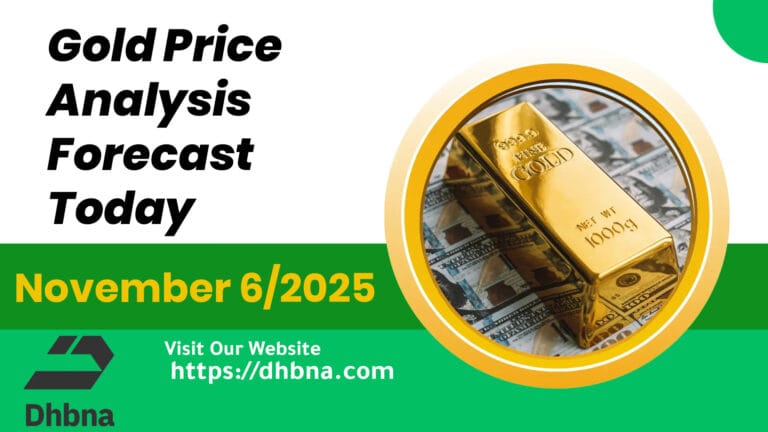Gold is the fuel that drives the world’s investment engine.
Gold is trading at elevated levels today, at US$ 4,016.20 per ounce, supported by renewed weakness in U.S. labour-market data and a slight dollar pull-back after recent strength. The U.S. Federal Reserve cut interest rates to a target range of 3.75-4.00% in its 29 October 2025 meeting and indicated that further cuts are not assured. Meanwhile, geopolitical tension and official gold demand by central banks continue to underpin gold’s appeal. The interplay among these factors places gold in a delicate equilibrium between multiple dynamic influences.
Global News and Indicators
- Geopolitical risks and the softer U.S. economic data have increased gold’s safe-haven appeal. According to ING Research, “fundamentals remain strong for gold” despite recent corrections.
- A strong U.S. dollar acts as a drag on gold, as the DXY increased toward three-month highs making gold more expensive in other currencies.
- Central-bank accumulation of gold is increasing and may be forming a “policy floor” under gold’s value.
- The lack of timely official U.S. economic data due to a government shutdown elevates uncertainty in policy-making and complicates market interpretation.
Markets and Commodities
- U.S. Dollar: The strengthening of the dollar has weighed on gold; Reuters reports gold slipped more than 1% when the dollar rose.
- Oil and energy markets: Although precise recent oil-data aren’t quoted here, rising or stable oil prices can feed inflation expectations and thus support gold. Some reports note gold rebounding to near US$ 4,020 amid energy-market signals.
- Silver and other precious metals: For example, silver rose to US$ 47.73/oz, indicating flows into other metals alongside gold.
- U.S. bond yields: The 10-year Treasury yield of about 4.06% makes non-yielding assets like gold comparatively less attractive. Moreover, bond investors are repositioning ahead of further Federal Reserve policy decisions.
Central-Bank Interventions
- At its 29 October meeting, the U.S. Federal Reserve lowered its policy rate by 25 basis points to 3.75-4.00%.
- The Fed statement emphasised that it will “carefully assess incoming data, the evolving outlook, and the balance of risks” before any further adjustment.
- Fed Chair Jerome Powell signalled that further cuts (for December) are not a sure thing, which reduces some of the dovish tailwinds for gold.
- Survey-data (via Reuters) indicate that expectations for additional cuts in 2025 have been scaled back (probability around 67%) though earlier they had been higher.
- In parallel, central banks worldwide continue to build gold reserves, maintaining institutional demand support.
Technical Summary
- Support level: Near US$ 3,900/oz.
- Resistance levels: Immediate resistance at ~US$ 4,100, then ~US$ 4,200.
- Short-term trend: Mild upward bias, aided by weak U.S. data and some dollar softening.
- Medium-term trend: Moderately positive but sensitive to changes in monetary policy expectations or major data surprises.
Outlook
- If U.S. data surprise to the upside (strong employment, inflation persistence), the Fed may pause or reverse easing expectations, exerting downward pressure on gold.
- Conversely, if labour-market weakness deepens or geopolitical risks escalate, gold is likely to hold above current levels and potentially move toward the upper end of its range.
- Strong central-bank accumulation of gold and structural shifts in reserve management favour a higher floor for gold, though the timing and magnitude remain uncertain.
Conclusion
Gold, trading at US$ 4,016.20/oz, is navigating a complex mix of influences: weak U.S. labour-market signals and dovish Fed policy support the metal, while a strong dollar and elevated yields act as counter-forces. With safe-haven demand and central-bank support intact, gold’s position appears balanced yet contingent on upcoming policy and data developments within the broader global economy.

